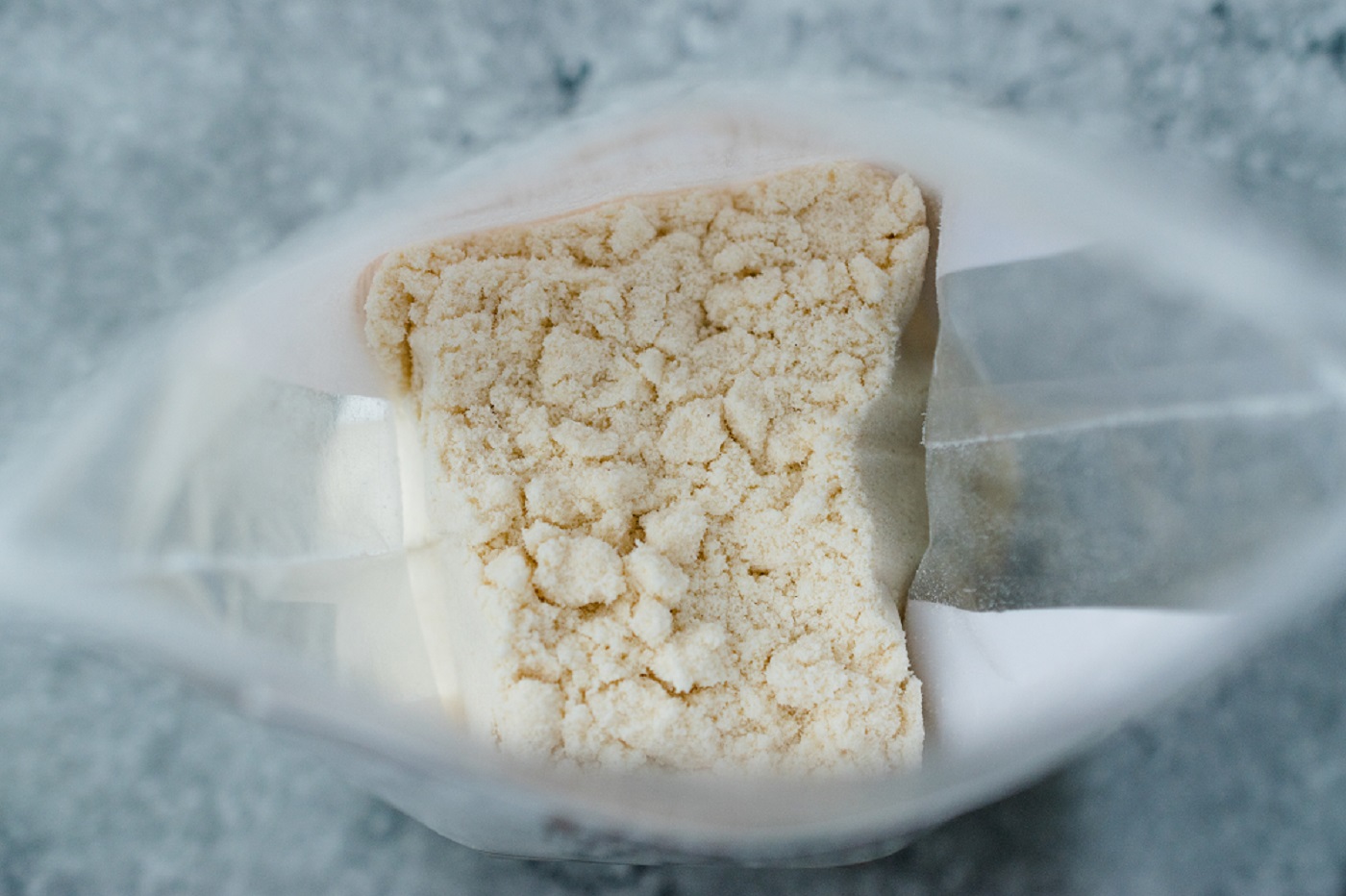

Articles
How To Store Coconut Flour
Modified: February 27, 2024
Discover the best techniques for storing coconut flour in this helpful article. Keep your flour fresh and extend its shelf life with these tips and tricks.
(Many of the links in this article redirect to a specific reviewed product. Your purchase of these products through affiliate links helps to generate commission for Storables.com, at no extra cost. Learn more)
Introduction
Coconut flour has gained immense popularity in recent years due to its numerous health benefits and versatility in cooking and baking. Made from the dried and finely ground meat of coconuts, this gluten-free flour is not only packed with nutrients but also adds a delightful coconut flavor to dishes.
However, like any other food item, proper storage is essential to maintain the quality and extend the shelf life of coconut flour. In this article, we will explore why storing coconut flour properly is important, factors that can affect its shelf life, tips for choosing the right storage container, and best practices for extending its shelf life.
Whether you use coconut flour occasionally or regularly, learning how to store it correctly will help you avoid waste and ensure that your coconut flour stays fresh for a longer time. So, let’s dive in and discover the secrets to properly storing coconut flour!
Key Takeaways:
- Properly storing coconut flour is crucial to maintain its flavor, quality, and safety. Factors like moisture, temperature, and light can impact its shelf life, so choose the right container and storage conditions to preserve its freshness.
- Regularly inspect your coconut flour for signs of spoilage, such as strange odors, mold, or clumping. By following best practices and proper storage techniques, you can extend the shelf life of coconut flour and enjoy its benefits in your culinary creations.
Read more: How To Store Coconut Macaroons
Why Store Coconut Flour Properly
Properly storing coconut flour is crucial for several reasons. Firstly, it helps to maintain the quality and flavor of the flour. Coconut flour is known for its delicate coconut aroma and taste, which can be compromised if it is not stored correctly. By ensuring that the flour is stored in optimal conditions, you can preserve its flavor and enjoy the full coconut experience in your recipes.
Secondly, storing coconut flour properly helps to prevent spoilage. Like any food product, coconut flour is susceptible to moisture, heat, and pests. If exposed to these elements, it can spoil easily and become unusable. Storing it in the right conditions will protect it from these factors and extend its shelf life.
Another reason to store coconut flour properly is to prevent it from absorbing unwanted odors and flavors. Coconut flour has a porous texture, which means it can easily absorb odors from its surroundings. By storing it in an airtight container away from strong-smelling substances, you can ensure that it retains its natural aroma and doesn’t take on any undesirable flavors.
Lastly, proper storage helps to prevent the development of pests, such as insects or rodents, which can infest and contaminate the flour. By using suitable storage containers and techniques, you can create a barrier that keeps these unwanted guests at bay.
By understanding the importance of properly storing coconut flour, you can safeguard its quality, prevent spoilage, maintain its flavor, and ensure it remains safe and suitable for consumption.
Factors Affecting Coconut Flour Shelf Life
Several factors can affect the shelf life of coconut flour. Understanding these factors can help you make informed decisions regarding its storage and ensure that it remains fresh for an extended period. Here are some of the key factors that can impact the shelf life of coconut flour:
1. Moisture: Moisture is one of the biggest enemies of coconut flour. It can cause the flour to clump together and promote the growth of mold or bacteria. To prevent moisture absorption, it is crucial to store coconut flour in a dry environment and in an airtight container.
2. Temperature: Extreme temperatures can also affect the shelf life of coconut flour. High temperatures can cause the flour to go rancid, while low temperatures can lead to moisture buildup. It is advisable to store coconut flour at a cool and consistent room temperature, away from direct sunlight or heat sources.
3. Oxygen Exposure: Exposure to oxygen can accelerate the oxidation process, leading to the deterioration of coconut flour. To extend its shelf life, it is important to store the flour in an airtight container that limits oxygen exposure.
4. Light: Coconut flour is sensitive to light, especially ultraviolet (UV) rays. Sunlight or fluorescent lighting can degrade the quality of the flour over time. To protect it from light damage, store coconut flour in a dark and opaque container or in a pantry away from direct light sources.
5. Contamination: Contamination by pests or other food items can quickly spoil coconut flour. Ensure that the storage container is clean and free from any residues or substances that can contaminate the flour. It is also important to store coconut flour away from strong-smelling foods to prevent it from absorbing any unwanted odors.
By considering these factors and taking appropriate measures to address them, you can significantly prolong the shelf life of your coconut flour and preserve its quality for a longer period.
Choosing the Right Storage Container
Selecting the right storage container is essential to maintain the freshness and quality of coconut flour. Here are some factors to consider when choosing a storage container for coconut flour:
1. Airtightness: The container should be airtight to prevent moisture and oxygen from entering. This helps to prevent spoilage and keep the flour dry and fresh.
2. Material: Opt for containers that are made of food-grade materials such as glass, BPA-free plastic, or stainless steel. These materials are safe, durable, and do not leach any harmful substances into the coconut flour.
3. Size: Choose a container that is appropriate for the quantity of coconut flour you usually store. It should have enough space to accommodate the flour while leaving some room for airflow.
4. Opaque and Light-resistant: Coconut flour is sensitive to light, which can degrade its quality over time. Select a container that is opaque or has an opaque exterior to block out light and protect the flour from UV rays.
5. Easy to Clean: Look for containers that are easy to clean and maintain. This helps to prevent any residue buildup and ensures the container remains free from contaminants.
6. Stackability: If you have limited storage space, consider containers that are stackable. This allows you to maximize space efficiency and keeps your storage area neat and organized.
7. Sealing Mechanism: Choose a container with a secure and reliable sealing mechanism, such as snap-lock lids, screw-top lids, or silicone gaskets. This ensures that the container remains tightly sealed, preventing any air or moisture from entering.
Remember to label the container with the date of purchase or the expiration date of the coconut flour to keep track of its freshness.
By selecting the right storage container, you can effectively protect your coconut flour from moisture, oxygen, light, and contaminants, preserving its quality and extending its shelf life.
Temperature and Humidity Considerations
Temperature and humidity are critical factors to consider when storing coconut flour. Here’s why:
Temperature: Coconut flour should be stored at a cool and consistent room temperature. Extreme temperatures can have adverse effects on the flour, causing it to deteriorate quickly. High temperatures can lead to rancidity and spoilage, while low temperatures can result in moisture buildup and clumping. Avoid storing coconut flour in areas that are exposed to direct sunlight, near stovetops, or in hot and humid locations like the kitchen or pantry.
Humidity: Coconut flour is highly absorbent and can readily absorb moisture from the surrounding environment. Exposure to high humidity can cause the flour to become damp and clumpy, leading to spoilage and mold growth. To prevent moisture absorption, it is crucial to store coconut flour in a dry environment. Consider using moisture-absorbing packets or silica gel packs in the storage container to help maintain a low humidity level.
Ideally, the storage area should have a relative humidity of around 50% or lower to ensure the longevity of the coconut flour. It’s worth noting that refrigeration is not recommended for coconut flour as the temperature fluctuations and condensation can lead to moisture absorption and spoilage.
To protect coconut flour from temperature and humidity fluctuations, store it in a cool and dry pantry or cupboard, away from heat sources and moisture-prone areas like the sink or dishwasher. Ensure that the storage container is airtight to further guard against moisture and humidity.
By being mindful of the temperature and humidity conditions in which you store coconut flour, you can help preserve its quality and extend its shelf life, ensuring that it remains fresh and usable for longer periods.
Store coconut flour in an airtight container in a cool, dry place, away from direct sunlight. It can also be stored in the refrigerator or freezer to extend its shelf life.
Read more: How To Store Almond Flour
Tips for Storing Coconut Flour
To ensure that your coconut flour stays fresh and maintains its quality, here are some helpful tips for storing it properly:
1. Use airtight containers: Store coconut flour in airtight containers to prevent moisture and oxygen from getting in. Mason jars, glass storage containers, or BPA-free plastic containers with tight-fitting lids are great options. Avoid using paper or plastic bags, as they are not as effective in keeping moisture out.
2. Label the container: Label the storage container with the date of purchase or the expiration date of the coconut flour. This will help you keep track of its freshness and prevent using expired flour.
3. Store in a cool and dry place: Find a cool and dry area in your kitchen or pantry to store coconut flour. Avoid areas that are exposed to heat, sunlight, or high humidity, as they can accelerate spoilage.
4. Avoid strong odors: Coconut flour has a porous texture, which makes it prone to absorbing odors. Keep it away from strong-smelling foods or substances that can transfer odors, such as spices, onions, or cleaning products.
5. Do not refrigerate: While it is important to keep coconut flour cool, refrigeration is not recommended. The temperature fluctuations and condensation in the fridge can cause moisture absorption, leading to clumping and spoilage.
6. Keep it away from moisture sources: Ensure that the storage area is dry and away from any moisture sources, such as sinks, dishwashers, or areas prone to water splashes.
7. Avoid frequent opening: Minimize the number of times you open the storage container to reduce exposure to air and moisture. Only open the container when you need to use the flour.
8. Store in small quantities: Consider storing coconut flour in smaller portions rather than large quantities. This allows you to open and use one container at a time, reducing the chances of spoilage and contamination.
9. Check for freshness before use: Before using coconut flour, give it a quick visual and smell inspection. Look for signs of mold, discoloration, or an off smell. If you notice any of these signs, discard the flour immediately.
By following these tips, you can ensure that your coconut flour remains fresh, dry, and ready to use for your culinary creations.
Best Practices for Extending Shelf Life
To maximize the shelf life of your coconut flour and keep it fresh for longer, here are some best practices to follow:
1. Purchase in smaller quantities: Coconut flour has a limited shelf life, so it’s best to buy it in smaller quantities. This ensures that you use it within a reasonable timeframe and minimizes the chances of it going bad.
2. Store in the freezer: For long-term storage, consider freezing your coconut flour. Place it in an airtight container or freezer bags and store it in the freezer. Freezing can help preserve the freshness and nutritional value of the flour for up to a year. Just make sure to thaw it at room temperature before using.
3. Rotate stock: If you frequently use coconut flour, make a habit of rotating your stock. This means using the older flour before the newer one to ensure that it doesn’t expire before you have a chance to use it.
4. Practice FIFO: FIFO (First In, First Out) is a storage principle commonly used in commercial kitchens. Apply this principle by placing newly purchased coconut flour at the back of the storage area and using the older ones first. This way, you utilize the oldest flour before it reaches its expiration date.
5. Keep away from heat sources: Coconut flour is sensitive to heat, which can cause it to go rancid and spoil quickly. Store it away from direct heat sources like stovetops, ovens, or microwaves.
6. Avoid moisture exposure: Moisture is one of the main culprits for spoilage in coconut flour. Ensure that the container is tightly sealed and stored in a dry area to prevent moisture absorption.
7. Avoid excessive air exposure: Oxygen can contribute to the degradation of coconut flour. Whenever possible, use airtight containers and minimize the time the container is open to reduce air exposure.
8. Use dry utensils: When scooping out coconut flour, make sure to use clean and dry utensils. Moisture can introduce moisture into the container, increasing the risk of spoilage.
9. Regularly clean storage containers: Regularly clean and sanitize your storage containers to remove any residue that could contaminate the flour. Ensure they are completely dry before refilling them with fresh coconut flour.
Remember to always use good judgment when assessing the quality of coconut flour. If you notice any signs of spoilage, such as an off smell, discoloration, or mold, it’s best to discard the flour to avoid any health risks.
By implementing these best practices, you can extend the shelf life of your coconut flour and ensure that it remains fresh and usable for as long as possible.
Signs of Spoiled Coconut Flour
While coconut flour generally has a long shelf life, it is important to be aware of the signs of spoilage to ensure food safety and maintain the quality of your flour. Here are some common signs that coconut flour has gone bad:
1. Strange or foul odor: If your coconut flour emits an unpleasant or rancid smell, it is likely spoiled. Fresh coconut flour has a mild and sweet aroma, so any unusual or off-putting smell indicates spoilage.
2. Mold or discoloration: Visual cues of mold or discoloration are clear signs that coconut flour has spoiled. Mold can appear as fuzzy patches or dark spots on the surface of the flour. Discoloration can range from a yellowish hue to spots of brown or black.
3. Clumping or lumps: Coconut flour should have a light, powdery texture. If you notice that the flour has clumps, lumps, or has hardened into solid chunks, it is likely a result of moisture exposure and a sign of spoilage.
4. Unusual texture or appearance: In addition to clumping, spoiled coconut flour may have an unusual texture, such as a gritty or slimy feel. Any changes in appearance, texture, or consistency should raise concerns about the flour’s freshness.
5. Off taste: Taste is another important indicator. If your coconut flour has an off or bitter taste, different from its normal mild nutty flavor, it is likely past its prime and should not be consumed.
It is crucial to note that consuming spoiled coconut flour can lead to foodborne illnesses or digestive issues. To ensure food safety, discard any coconut flour that shows any of the above signs of spoilage.
Proper storage and regular inspection of your coconut flour can help minimize the risk of spoilage. Remember to keep your storage containers clean, airtight, and away from moisture, heat, and light sources. Implementing good storage practices will help maintain the quality and extend the shelf life of your coconut flour.
As always, when in doubt, it is best to err on the side of caution and dispose of any coconut flour that appears spoiled to ensure your health and the quality of your culinary creations.
Conclusion
Properly storing coconut flour is essential to maintain its quality, flavor, and shelf life. By understanding the factors that can affect coconut flour, choosing the right storage container, considering temperature and humidity conditions, and following best practices, you can extend the freshness of your coconut flour and minimize waste.
Moisture, temperature, exposure to light and oxygen, and contamination are all factors that can impact the shelf life of coconut flour. By addressing these factors through proper storage techniques, you can protect the flour from spoilage, maintain its taste and texture, and ensure its safety for consumption.
Choosing the right storage container is crucial. Opt for airtight, food-grade containers that are opaque or light-resistant. Keep coconut flour in a cool and dry place, away from direct sunlight, heat sources, and high humidity areas. Using smaller quantities, practicing FIFO, and rotating your stock will help you utilize the flour effectively and prevent it from expiring.
Regularly inspect your coconut flour for spoilage signs such as strange odors, mold, discoloration, clumping, and off taste. If you notice any of these signs, discard the flour to avoid any potential health risks.
Ultimately, by implementing proper storage practices and paying attention to the quality and freshness of your coconut flour, you can enjoy the benefits of this versatile ingredient in your cooking and baking endeavors.
So, take the necessary steps to store your coconut flour properly and make the most out of its long shelf life. With the right storage practices, you can ensure that your coconut flour remains fresh, delicious, and ready to enhance your recipes for an extended period.
Frequently Asked Questions about How To Store Coconut Flour
Was this page helpful?
At Storables.com, we guarantee accurate and reliable information. Our content, validated by Expert Board Contributors, is crafted following stringent Editorial Policies. We're committed to providing you with well-researched, expert-backed insights for all your informational needs.
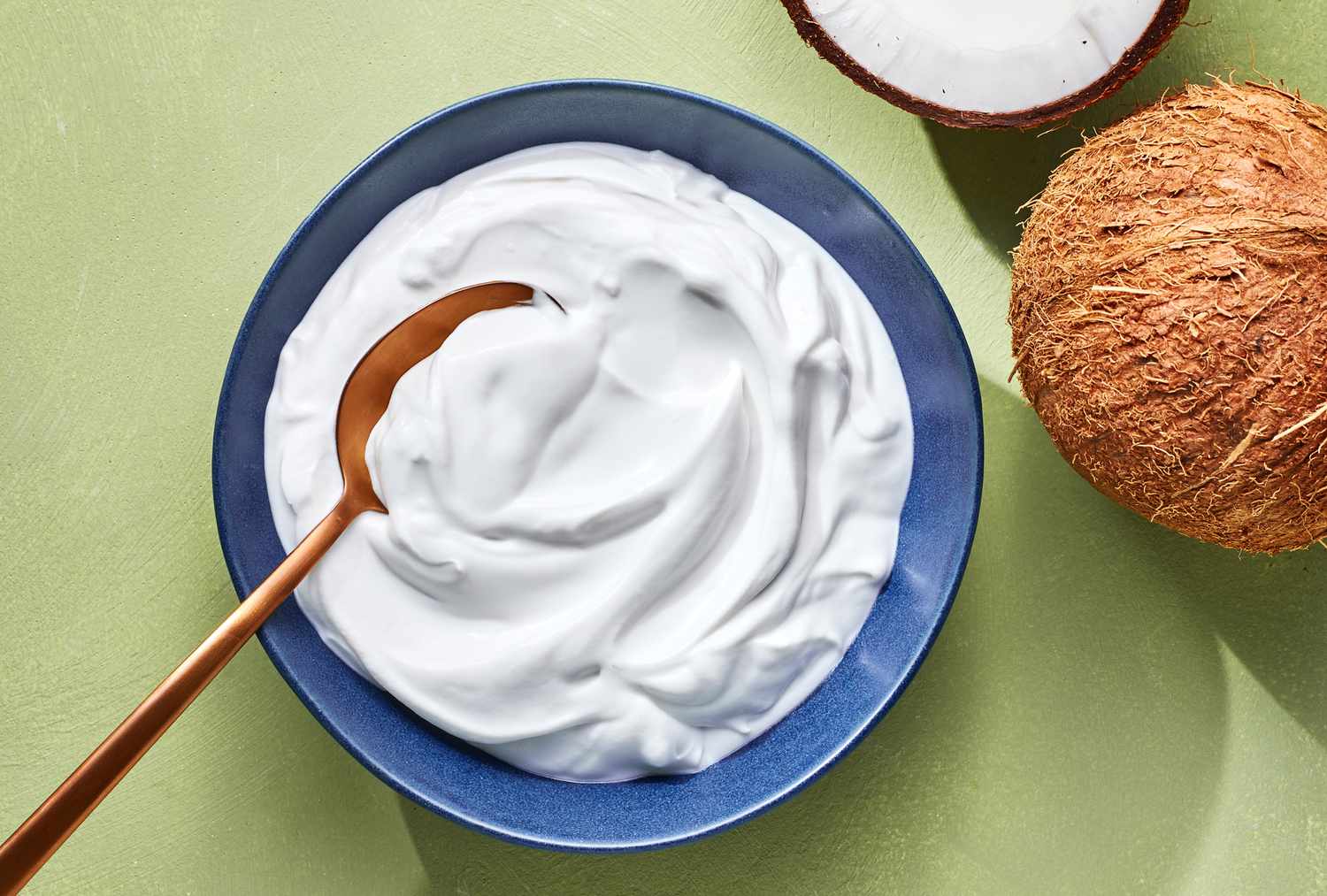
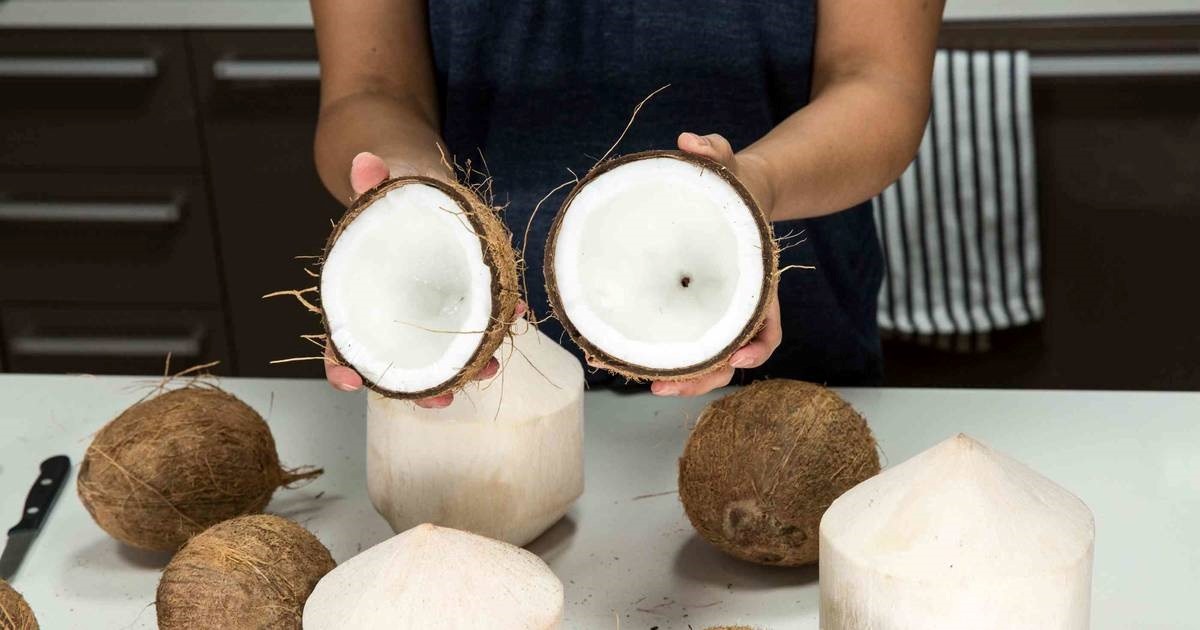

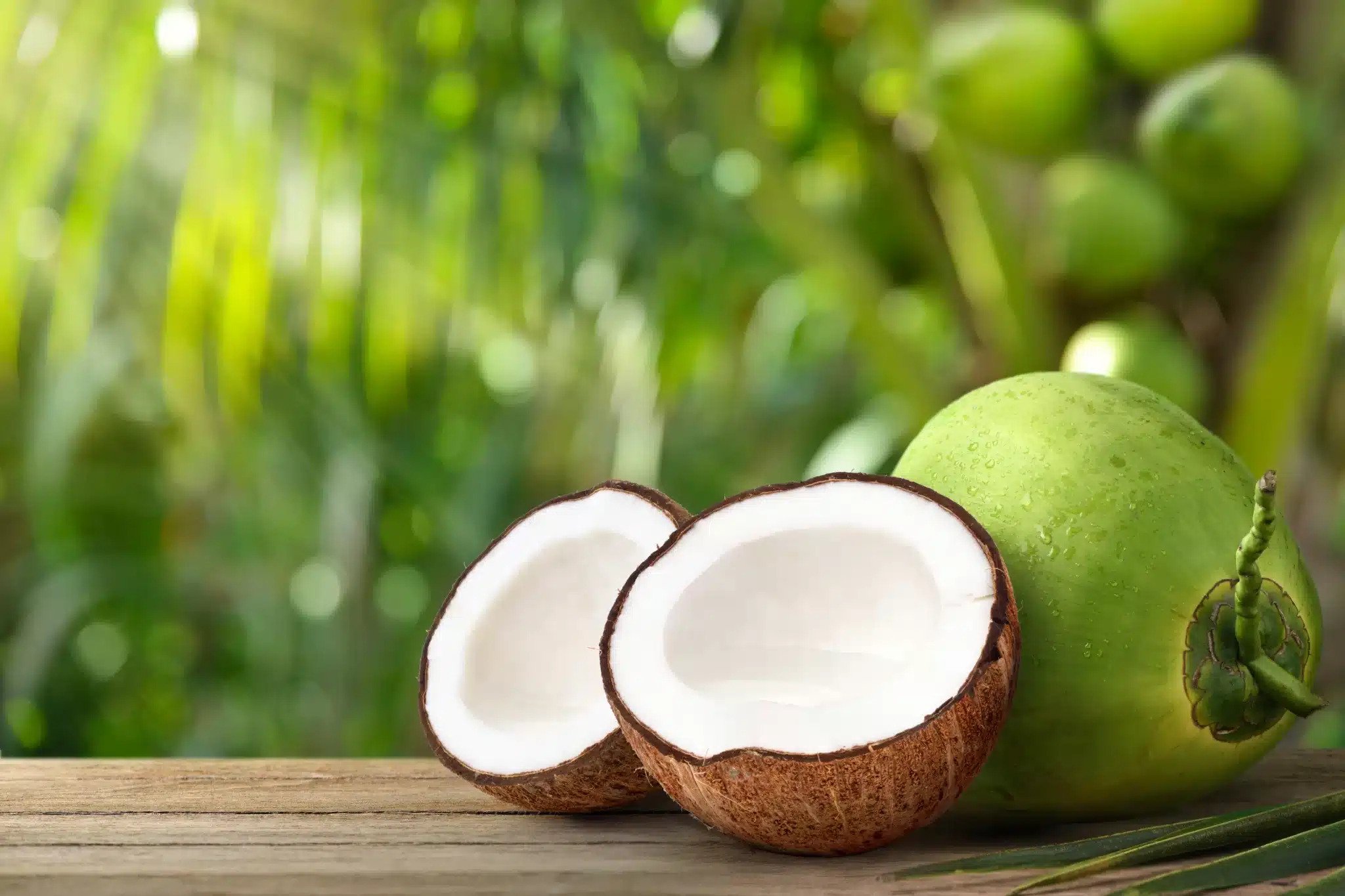
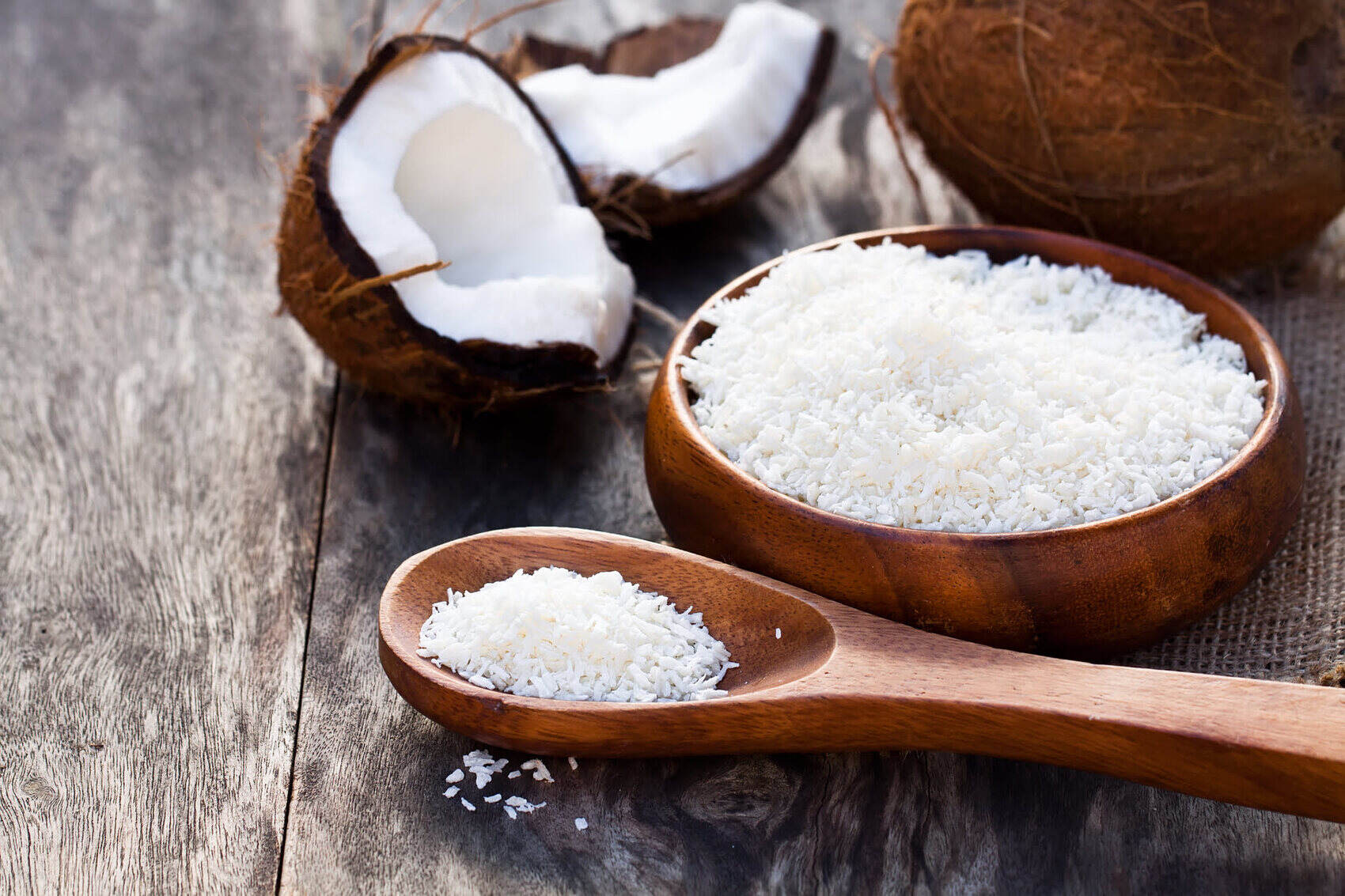
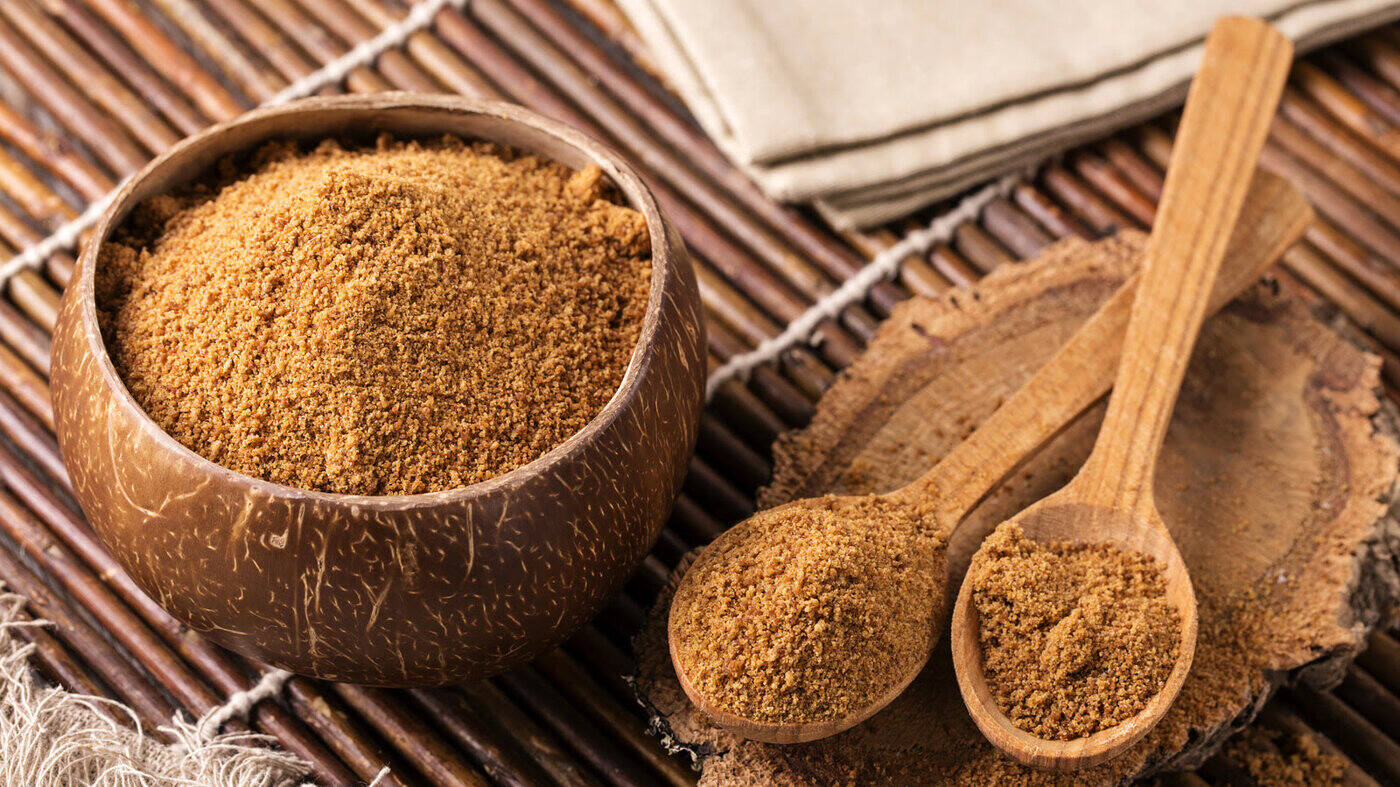
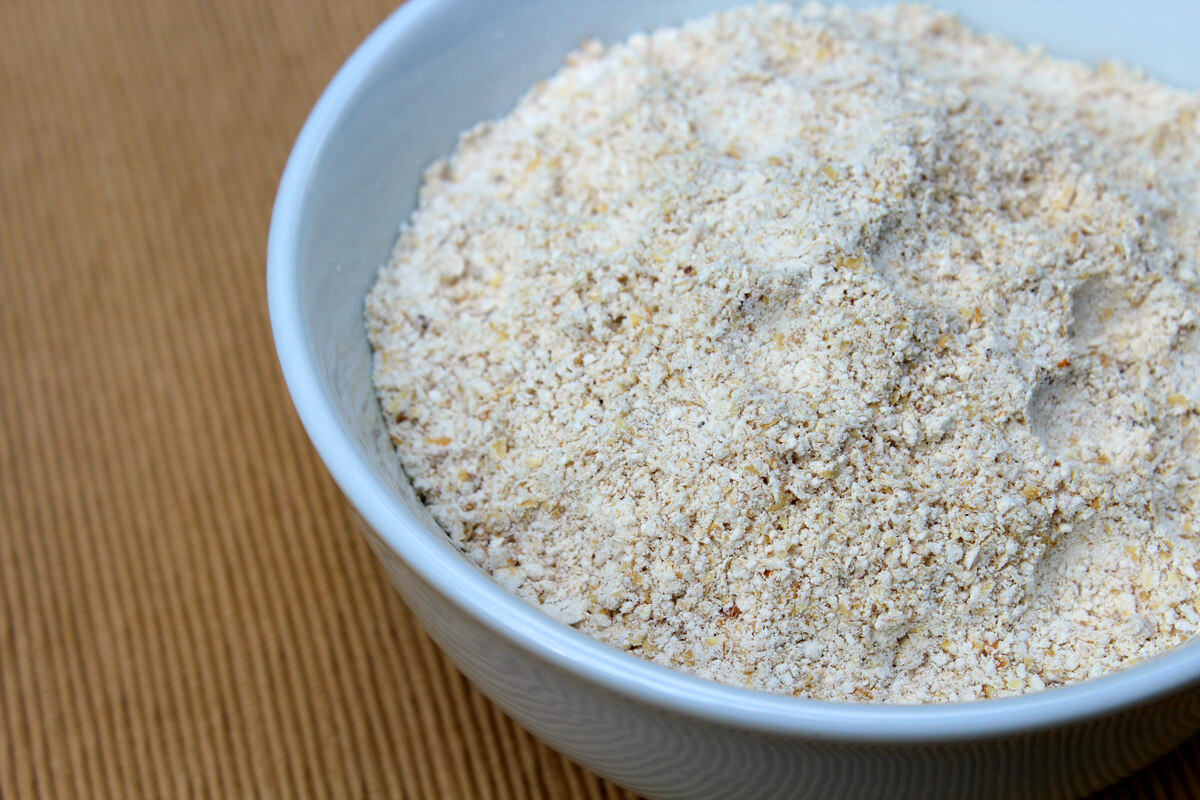
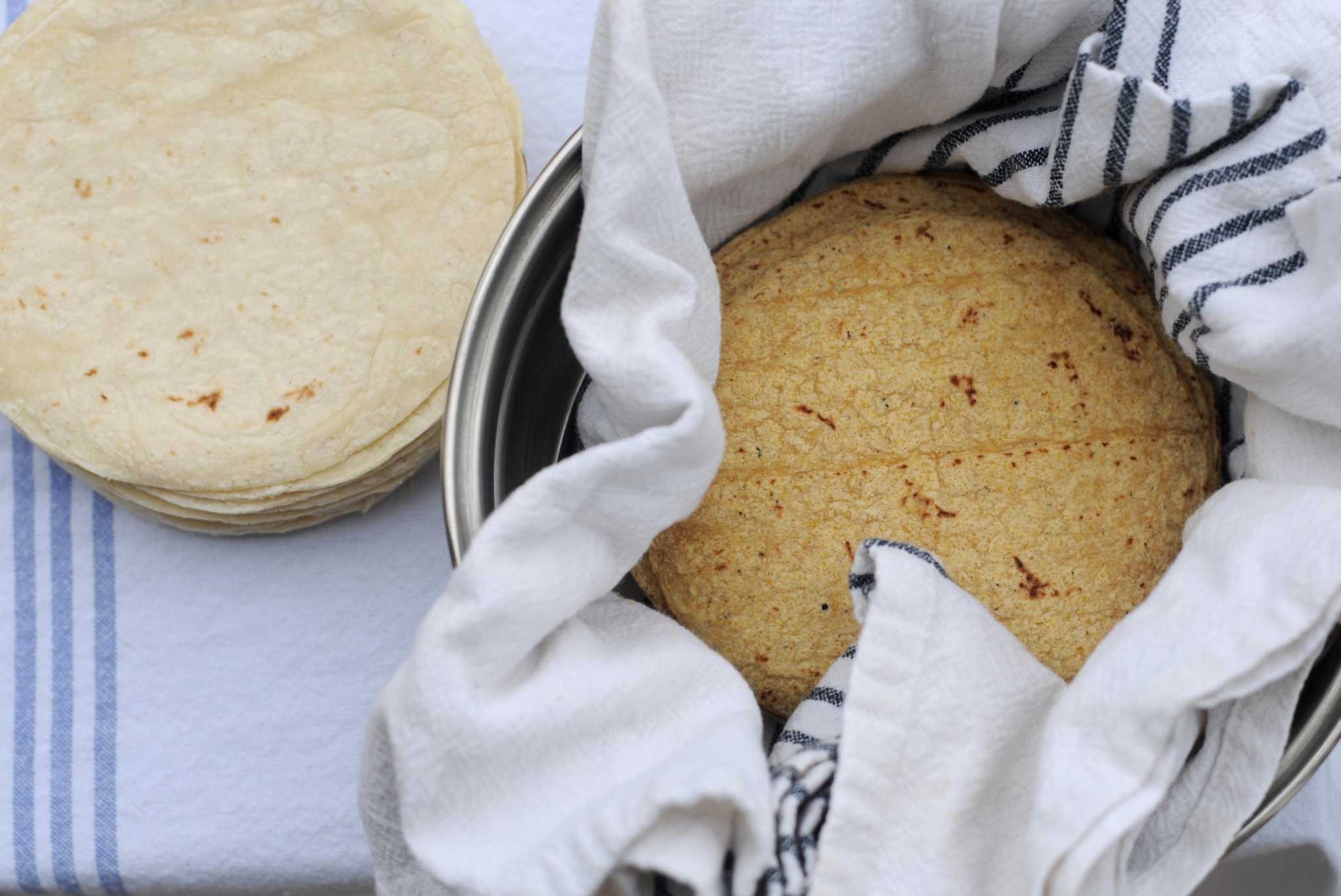
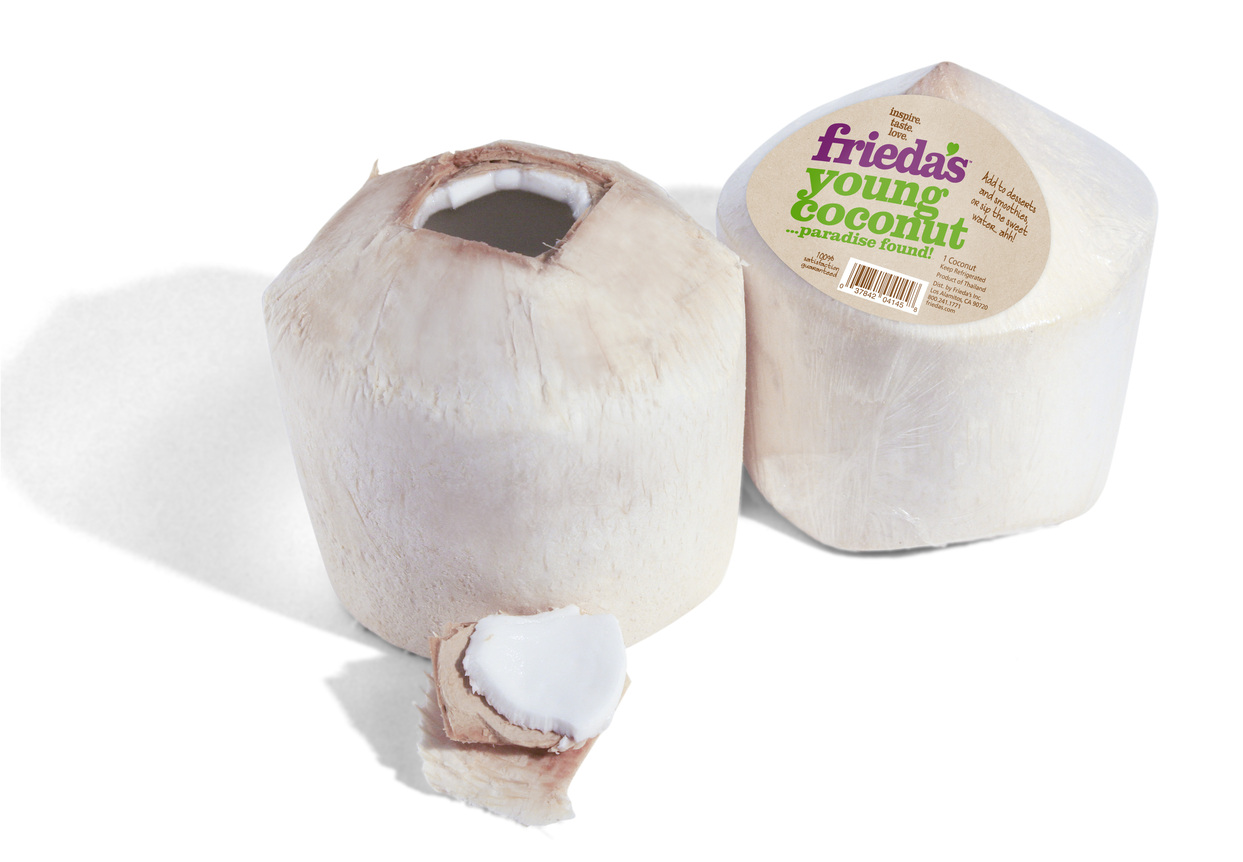
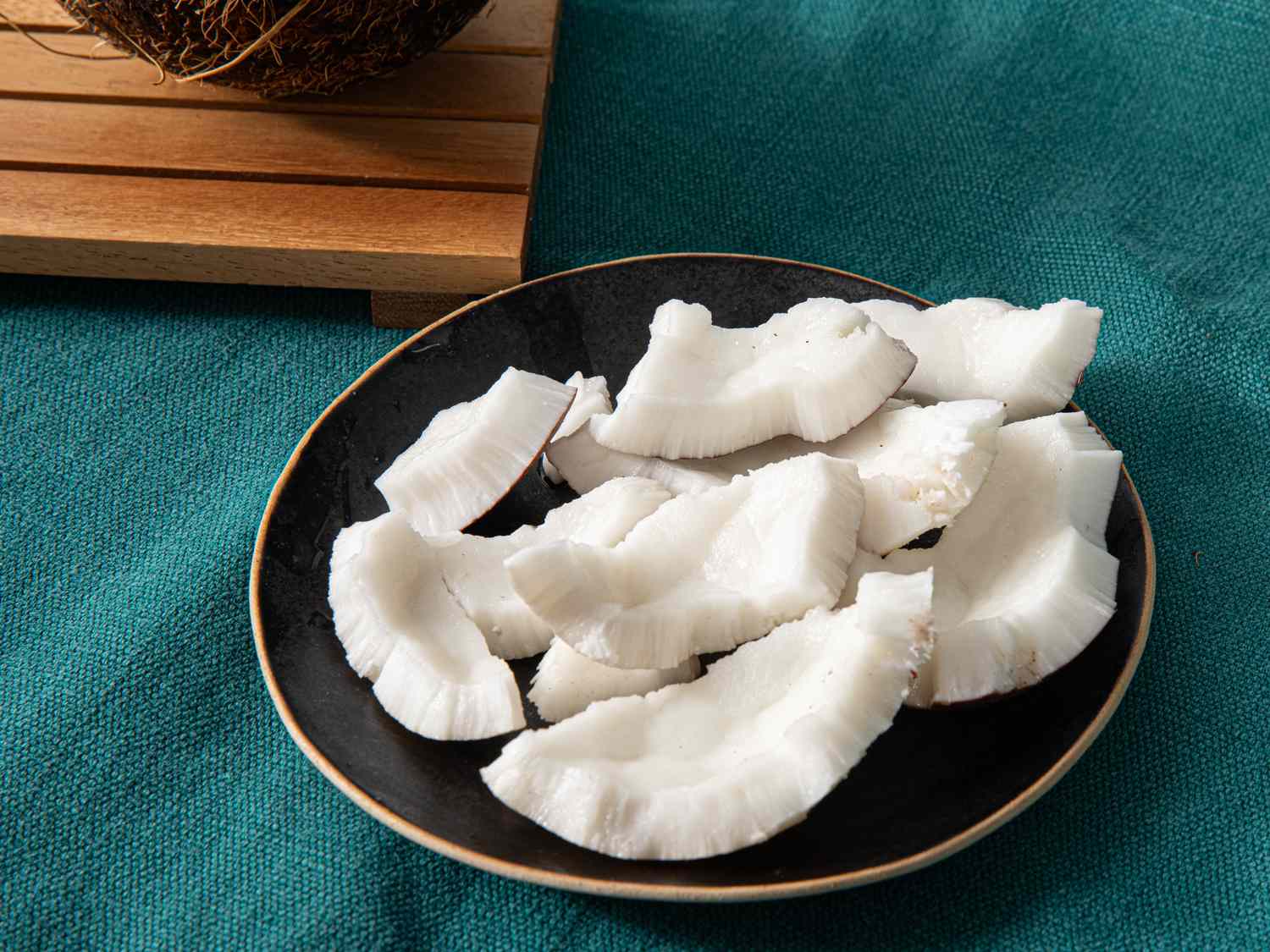
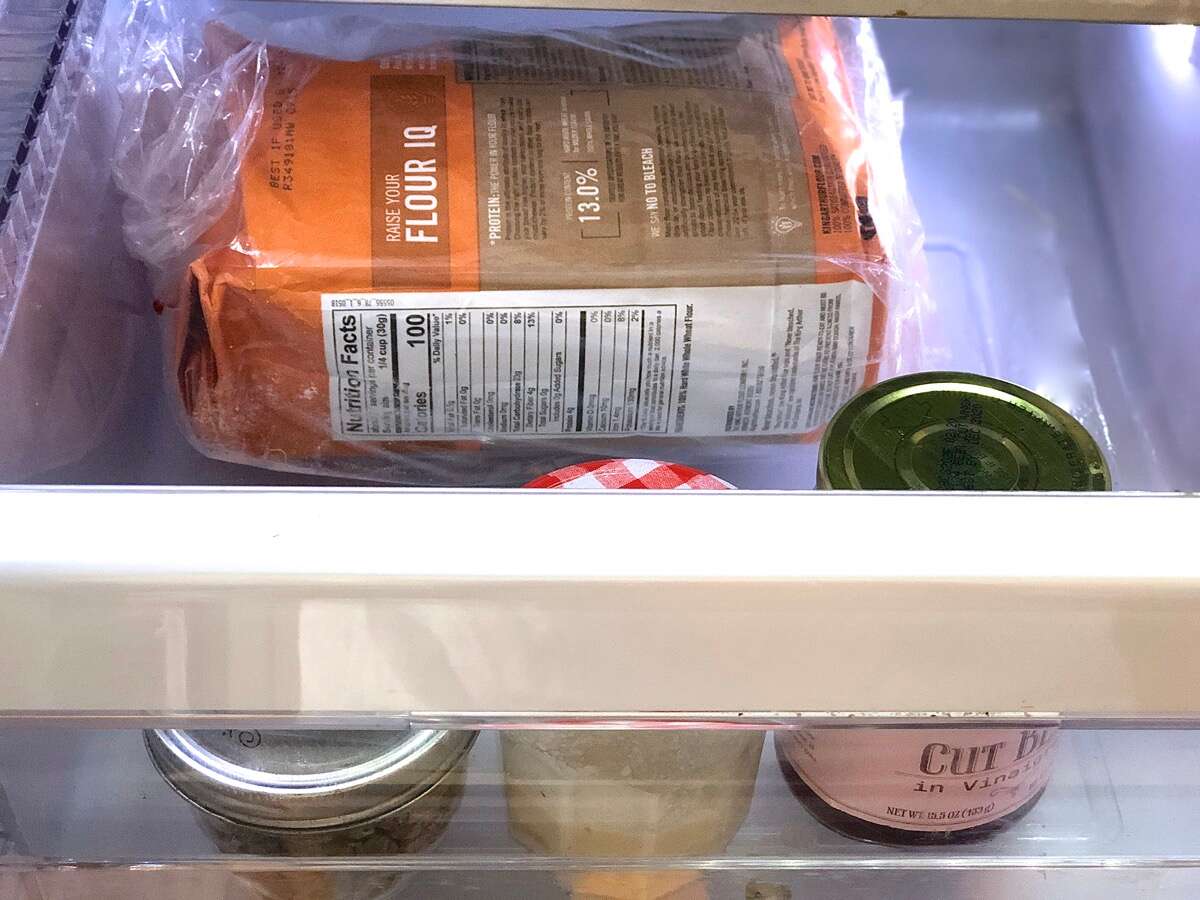
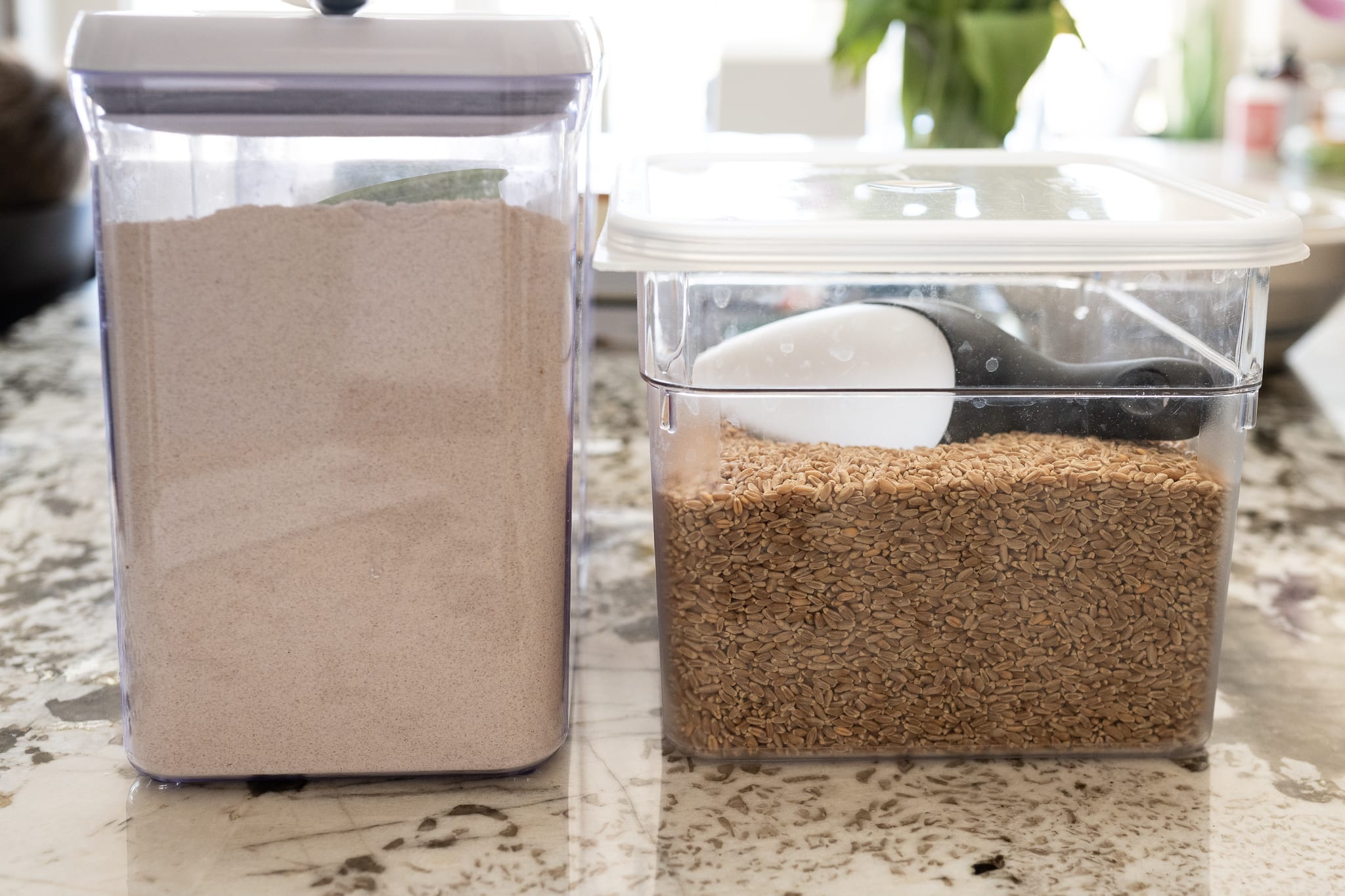
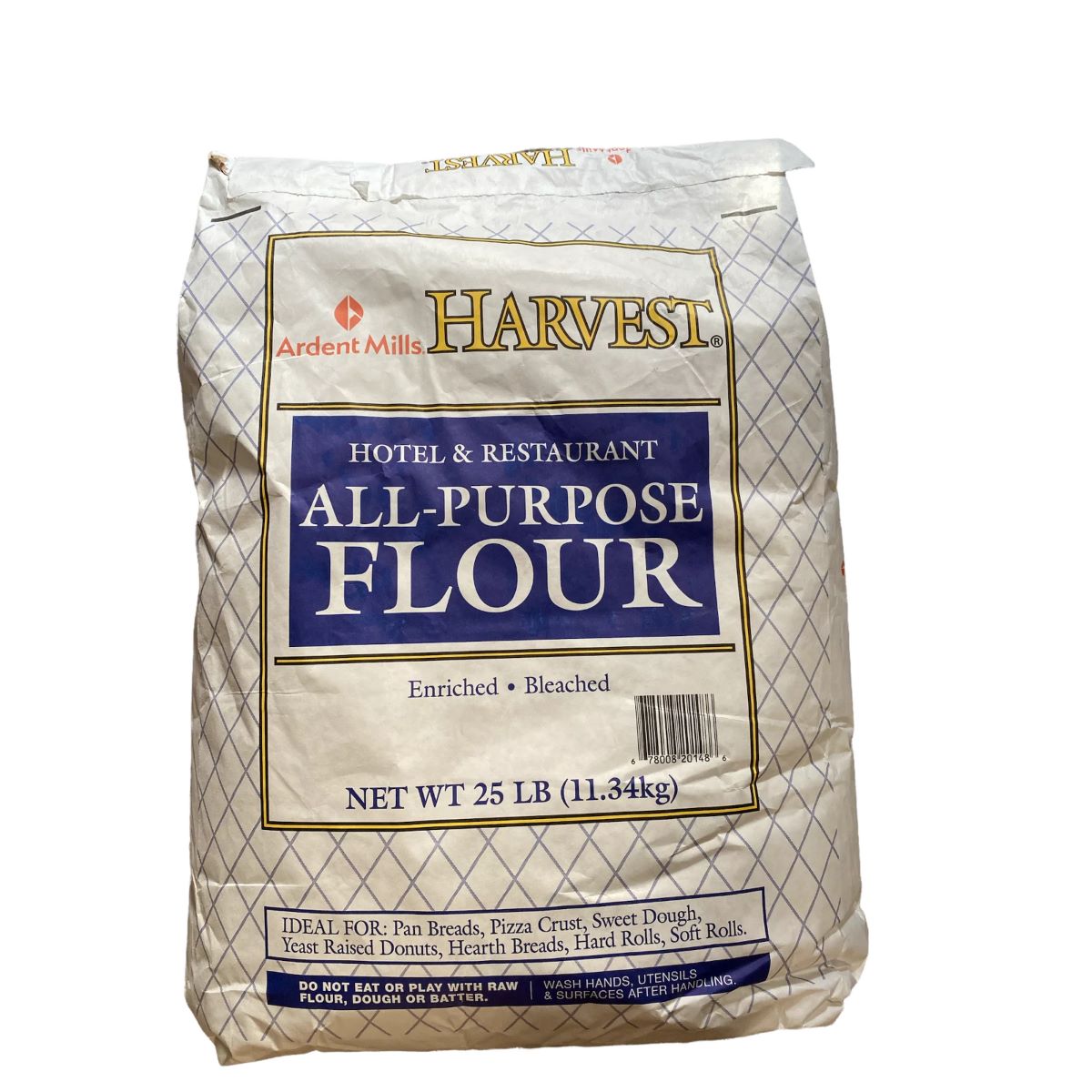
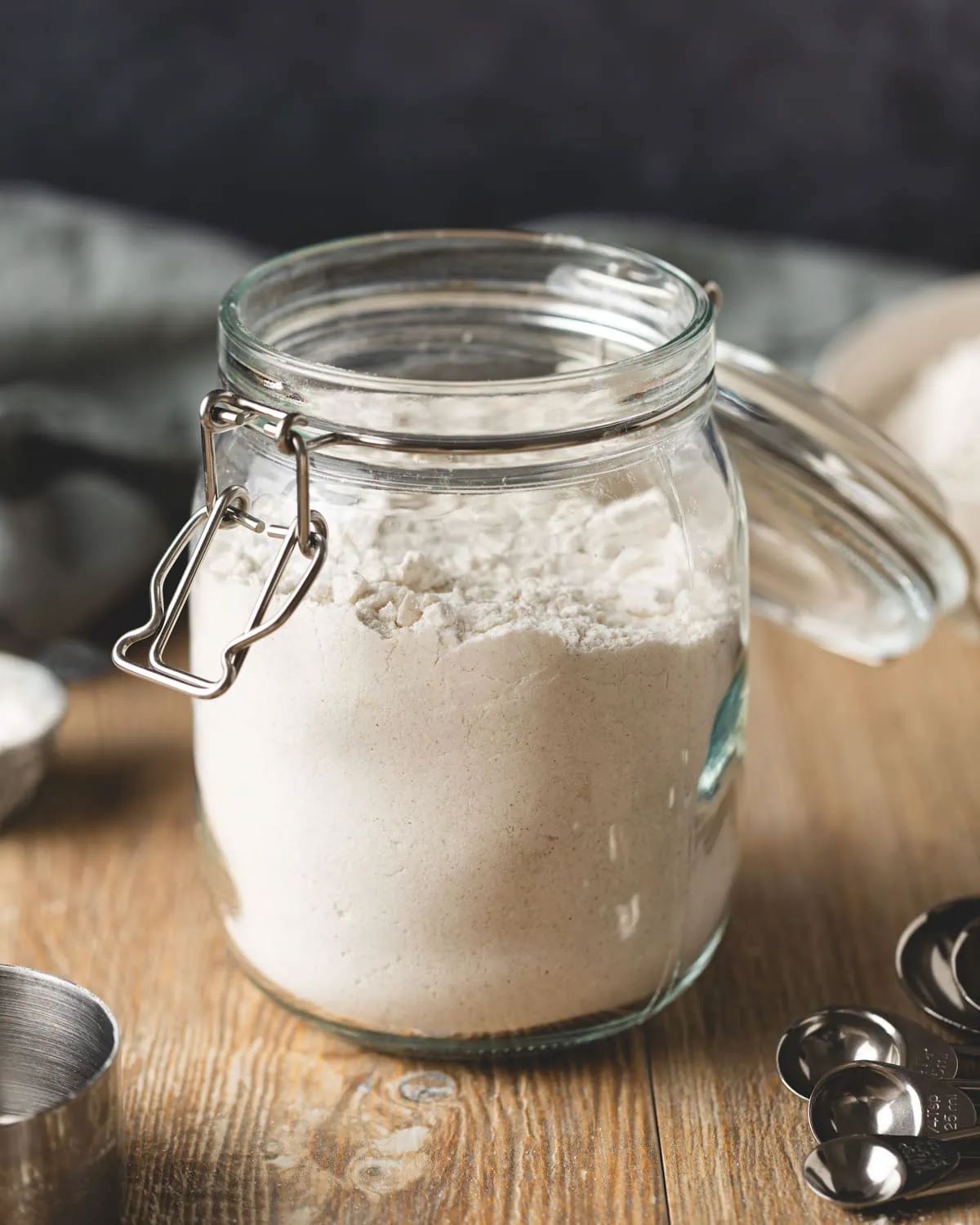

0 thoughts on “How To Store Coconut Flour”